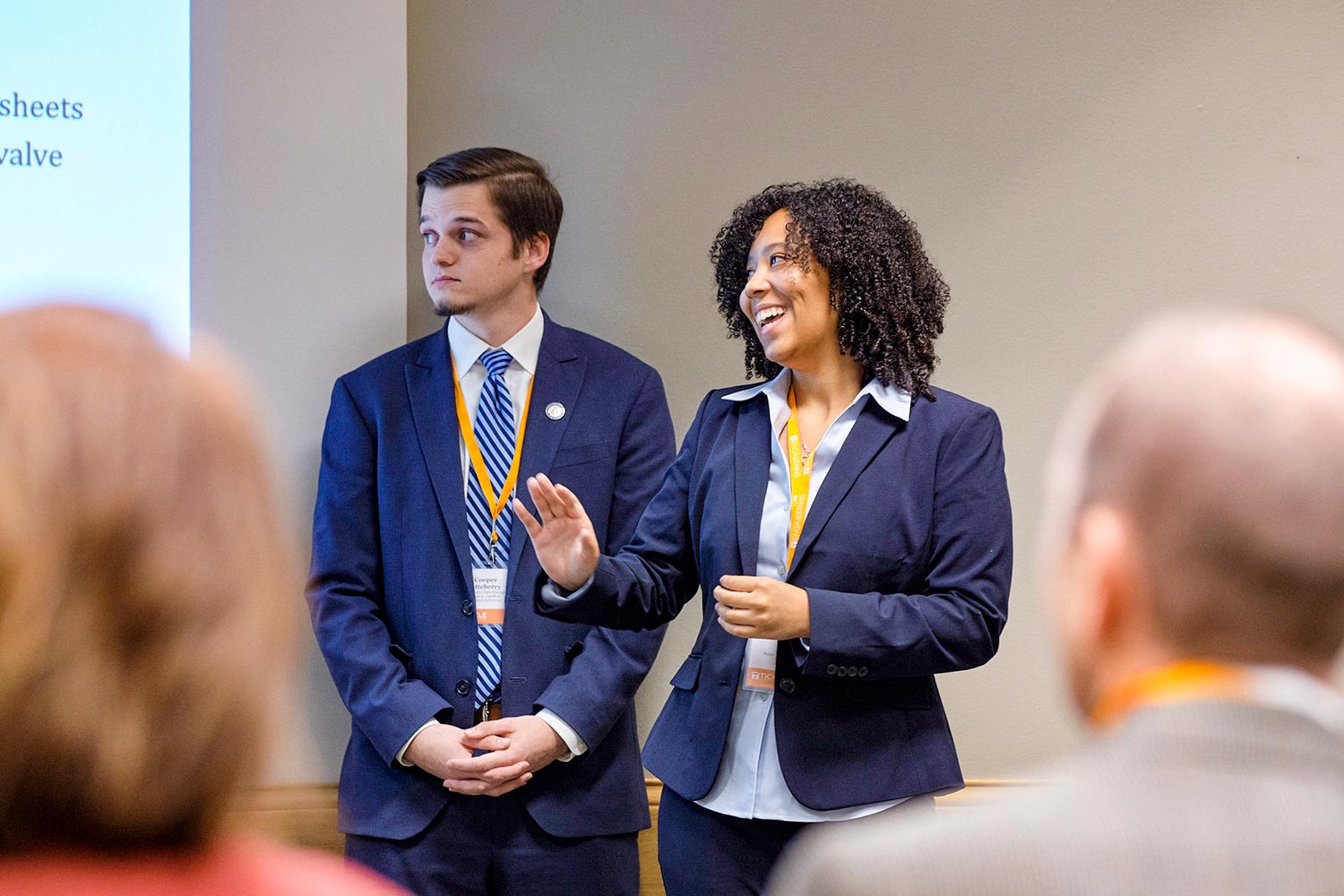The Integrated Engineering Design program was created to foster collaborations within the college, across other colleges at UT, and with outside corporate partners. With a year of growth behind it, the program is ready for business.
When Keith Stanfill came to UT as the Edwards Assistant Dean and Director of Integrated Engineering Design in the summer of 2018, he took charge of a program that had some key pieces in place, but whose ultimate look and feel largely existed on paper.
Even though senior design programs were largely the domain of individual departments within the college, he said he saw something early on in his tenure that let him know the plans built into the new program he was now charged with leading would be successful.
I was completely impressed by the students. It was still a ‘Brave New World,’ don’t get me wrong, but the students really stood out to me. When I learned that they were taking much heavier course loads than the students I’d had at the University of Florida. I was amazed.”
After spending the fall semester getting to better know and understand the lay of the land in the college in terms of both student and faculty needs, demands, and opportunities, Stanfill and a task force including instructors from all majors began laying the foundation for the program. The first element was to develop a formal interdisciplinary senior design course sequence.
By summer, they were ready to begin recruiting students and sponsoring businesses and creating groups based off the needs of each project.
Stanfill said they are already seeing more collaboration between disciplines, and that by this fall the program will align even more closely in that direction.
As a sign of how rapidly departments have begun to come together, Stanfill points to 2019’s Senior Design Showcase, the first time all the department had their senior projects presented together.
“Going from zero to launching a new course was a massive undertaking,” Stanfill said. “We learned a lot about different courses as part of that process, and I’m super happy with what we accomplished and where things stand.”
Steps like that are another reason Stanfill is optimistic about the program’s future, even as it, like most other campus offerings, was forced to alter course as the spread of Covid-19 impacted life around the world.
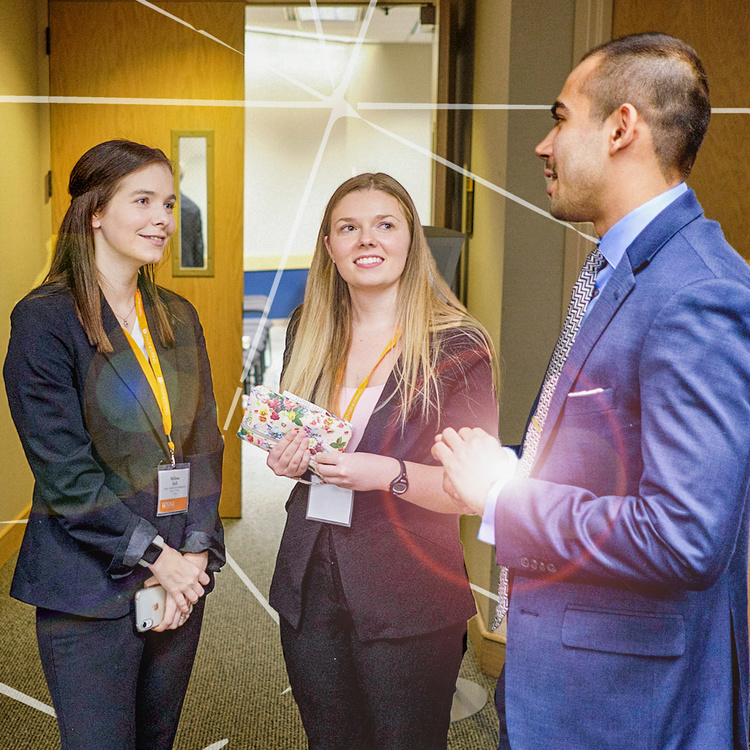
Senior Design Showcase
2019 saw the first ever college-wide Senior Design Showcase, which gave guests a taste of the breadth and depth of the solutions students are creating for businesses and nonprofits in our communities. The 2020 Showcase, to be held virtually on April 23, will include Stanfill’s 9 interdisciplinary teams and their projects.
There are nine multidisciplinary teams taking part in the program representing 11 engineering and five business disciplines, 50 students, and $120,000 in funding from corporate sponsors for the projects.
With life hopefully approaching normal again by this coming fall semester, Stanfill’s goal is to get the number of projects up to 25, with 150 students involved. He also would like to expand the number of disciplines even further afield to include design and information science as part of creating teams with a more “real-world” feel.
He said he’d also like to see new and stronger collaborations with nursing, health, and veterinary medicine, areas that Dean Janis Terpenny has also identified as important future partners.
Part of that building out process for the program will be showing potential sponsors the benefits that they get by partnering with UT.
When you submit a project to us, you are going to get fresh ideas, a solution to whatever problem it is you have, and a group of students who now understand your business and can come in as new employees with knowledge of what you do. What’s not to love?”
If the past truly is an indicator for the program, the future is, indeed, bright.
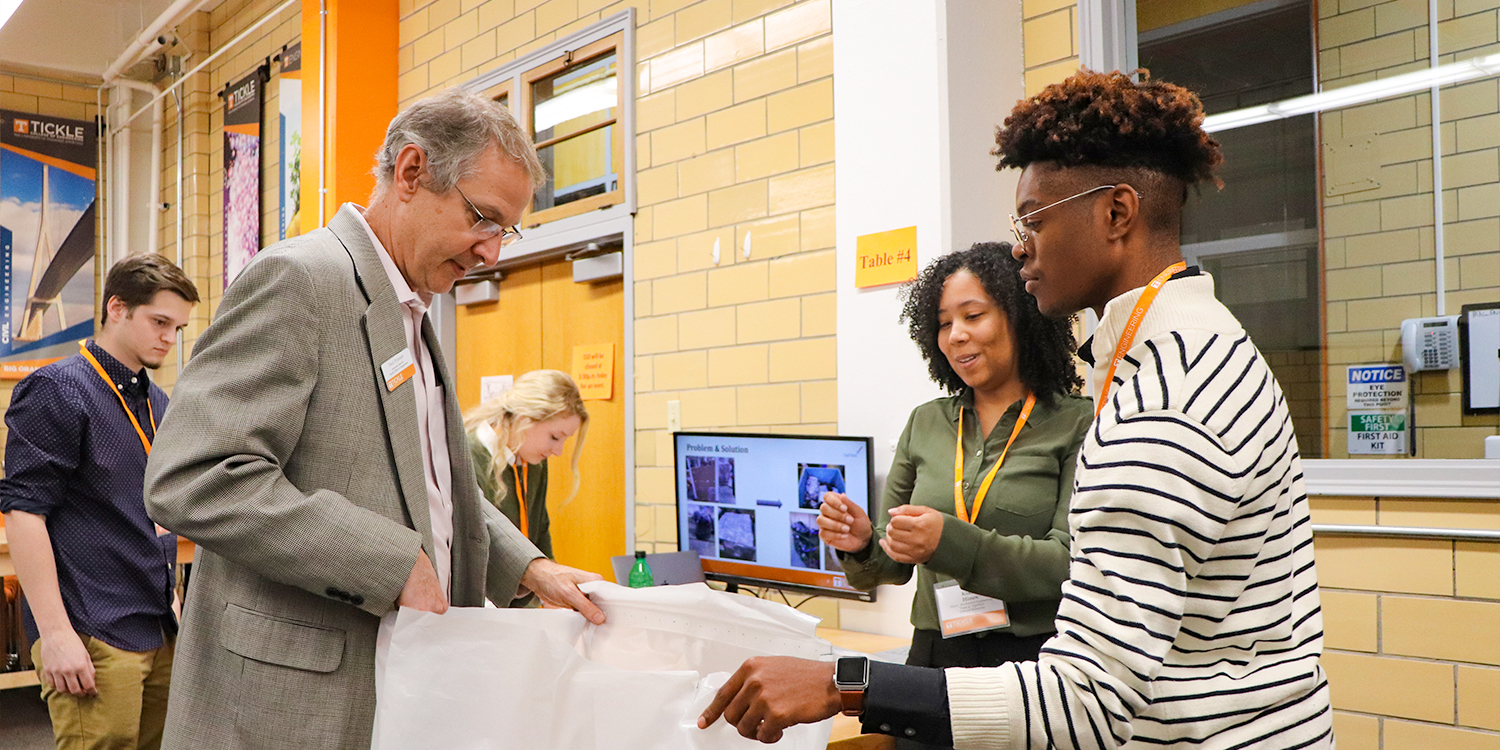
Interdisciplinary Project Spotlights

Active Bridge Clearance System
Corporate Sponsor: Clayton Homes
Faculty Mentor: Gonzalez Family Professor Hairong Qi (EECS)
Students are developing a sensor system for use with the “wide load” trucks that deliver their houses. The spotter vehicles that are part of the delivery system will have a sensor array that can actively detect clearance issues and relay the information to the truck carrying the house. Post-delivery, it can also ensure the spotter vehicle is being carried by the truck and not driven.
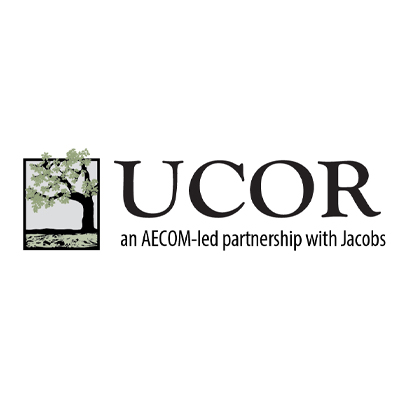
Shielded Transfer Tank Disposition
Corporate Sponsor: UCOR
Faculty Mentor: Eastman Professor of Practice Sankar V. Raghavan (CBE)
Students are developing shielded storage tanks for use in containing radioactive materials. The tanks need to be able to be monitored and have certain necessary processes activated, all from a remote distance. The team is also developing methods of transporting such materials to the Nevada Nuclear Security Site in compliance with US Department of Transportation standards.
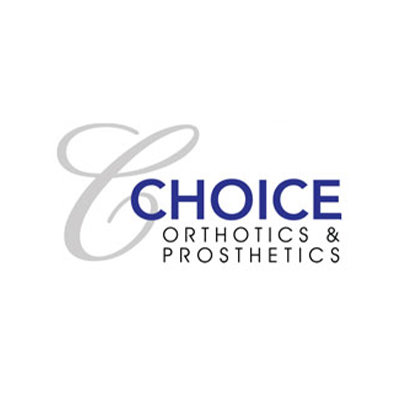
Myoelectric Hand and Wrist
Corporate Sponsor: Choice Orthotics and Prosthetics and UT
Faculty Mentor: Associate Professor Chad Duty (MABE)
Students are tasked with creating a 3D-printed bionic arm prosthetic for below-the-elbow amputees. The device must be cost-effective and controlled myoelectrically, meaning by the muscles of the body. The team must also submit a market analysis and business model for the product.
